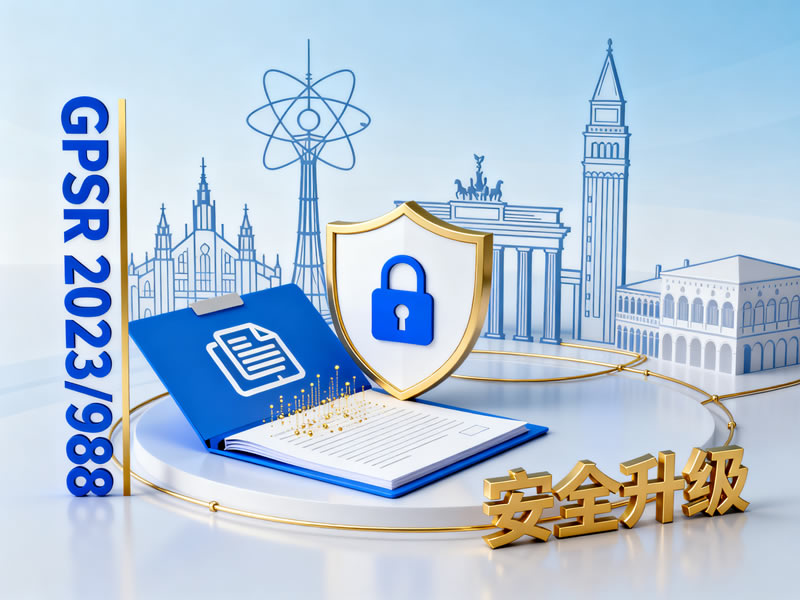I. Core Overview of the Regulation
On June 12, 2023, the General Product Safety Regulation (EU) 2023/988 (GPSR for short) officially came into force and entered a parallel transition period with the old Directive Directive on General Product Safety (2001/95/EC, GPSD for short). This transition period will last until December 13, 2024, after which GPSR will be fully implemented.
The revision stems from the new business models driven by the development of new technologies and online sales. These changes have brought new challenges to product safety and also attracted new economic operators to enter the market. The introduction of GPSR aims to further protect consumers' rights and interests and standardize market order by updating and improving product safety rules.
II. Key Changes and Core Requirements of the Regulation
(I) Upgrade of Legislative Nature and Applicable Effect
The EU product safety legislation has been upgraded from a "directive" to a "regulation". Compared with directives, which require member states to transpose them into national laws, regulations can be directly applied and implemented immediately in all member states, significantly improving the efficiency and uniformity of rule implementation.
(II) Strengthened Obligations of Economic Operators and Platforms
(III) Product Compliance and Technical Documentation Specifications
(IV) Standards and Dimensions for Product Safety Assessment
(V) Definition of Special Hazardous Products
Products that "can be put into the mouth, sucked or swallowed, and may be confused with food due to their shape, smell, color, appearance, packaging, labeling, volume, size or other characteristics, thus being harmful to the human body" are clearly defined as hazardous products, filling the gap in safety supervision for such products.
(VI) Risk Early Warning and Accident Response Mechanism
(VII) Support Measures for Small and Medium-sized Enterprises (SMEs)
The European Commission will provide practical guidelines and targeted guidance for SMEs (including micro-enterprises) to help them better adapt to the requirements of the new regulation.
III. Repeal and Replacement of the Regulation
Directive 87/357/EEC will be officially repealed and replaced by GPSR, realizing the integration and update of product safety rules.

